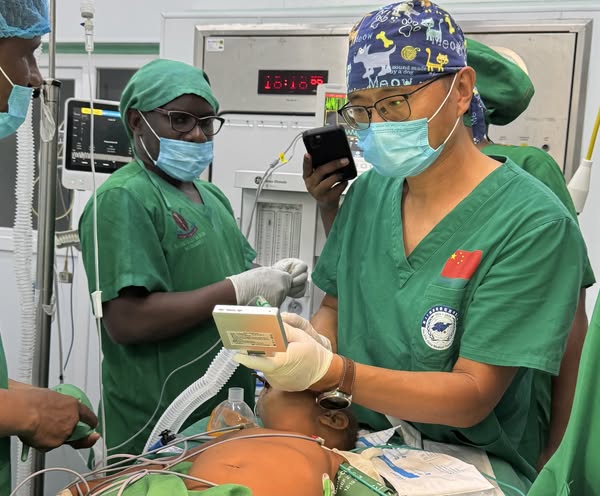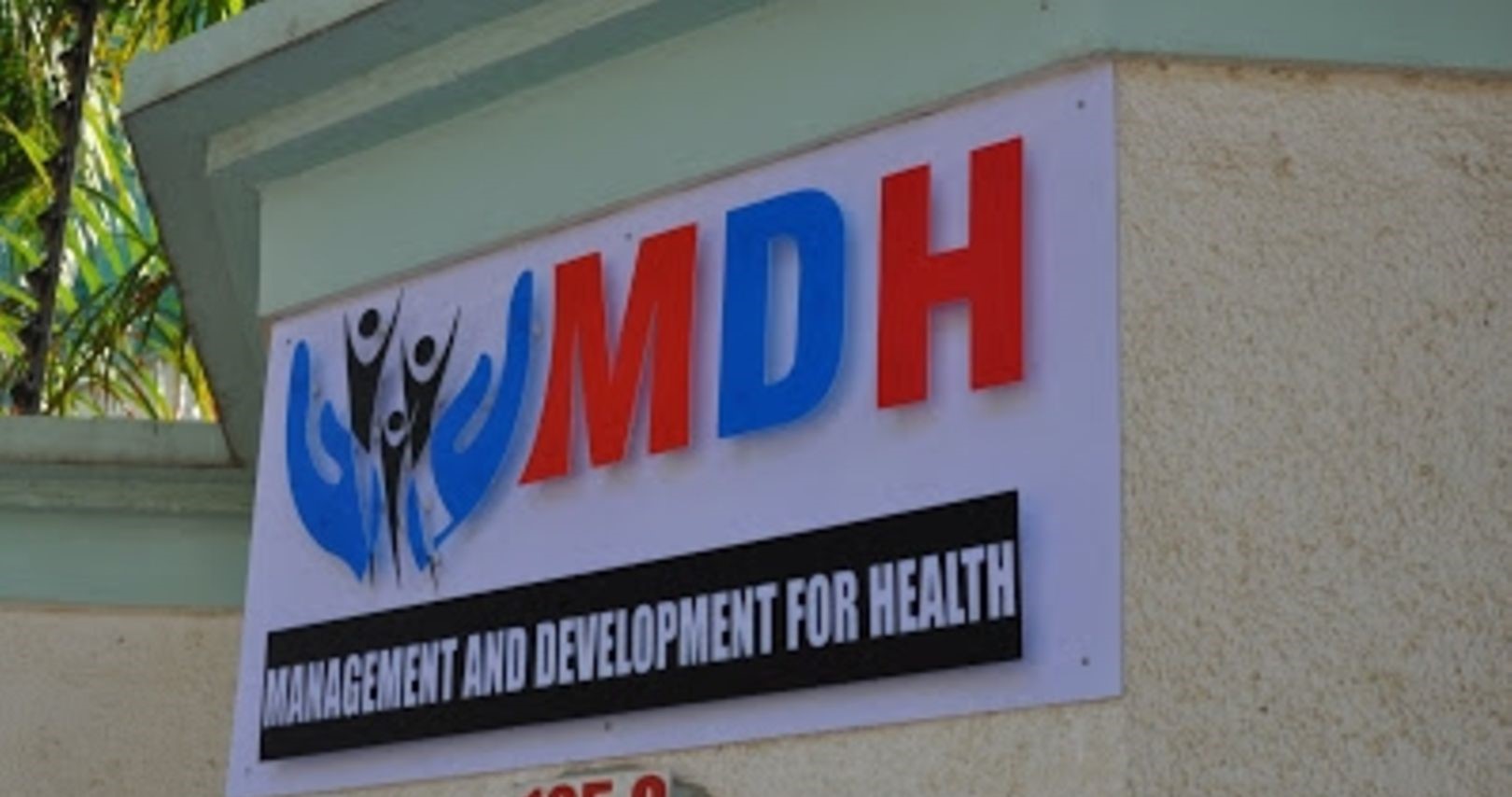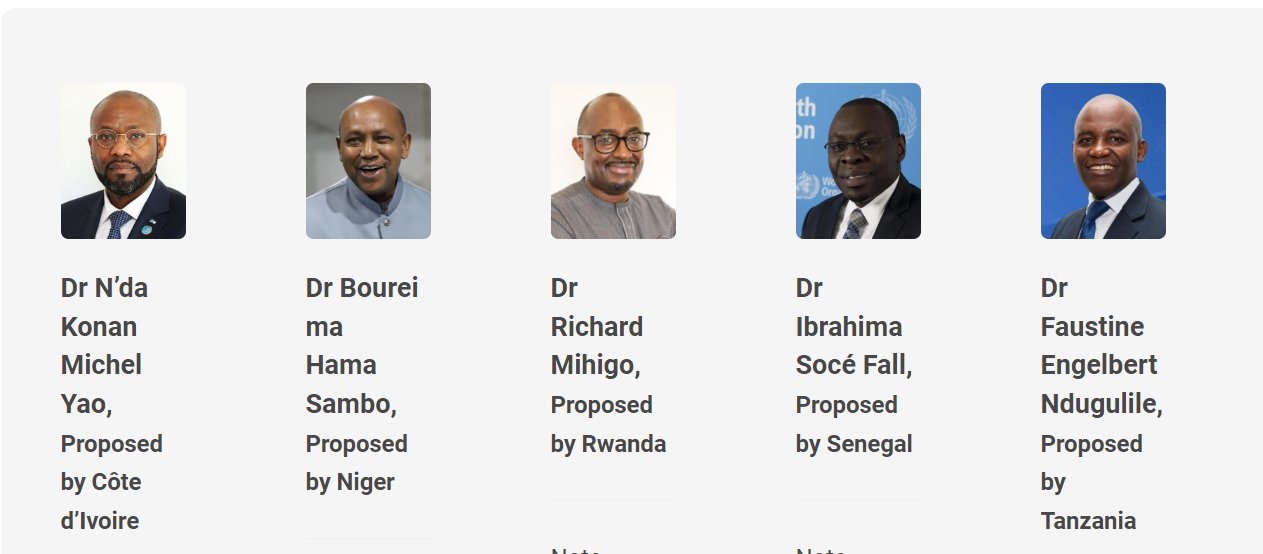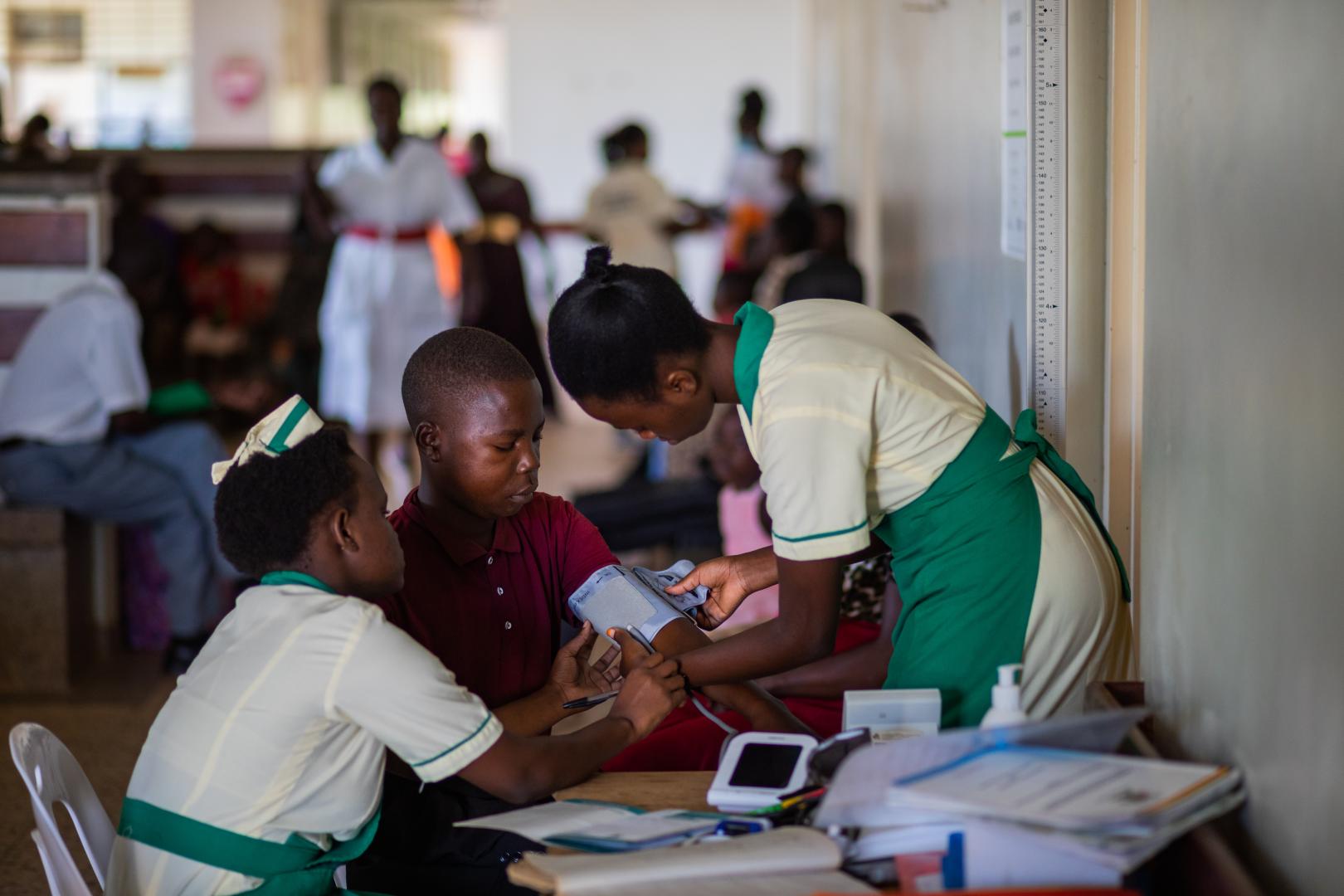The National Health Insurance Fund (NHIF) in Tanzania has been tasked to slot into its schemes a sickle cell disease drug hydroxyurea produced by Swiss pharma giant Novartis, a move that could boost access of the life-saving treatment to uninsured low-income earners.
Tanzania ranks fourth in the world for a high burden of Sickle Cell Disease (SCD), says a Lancet report. Up to 11,000 children are born with the genetic disease per year in the country and the number is expected to double by the year 2050.
However, hydroxyurea, a drug that reduces complications of SCD in infants, children and adults is priced beyond the reach of the majority of patients in African countries; Tanzania included.
Researchers said, in a study last year published in Tanzania Medical Journal that more clinical trials of hydroxyurea are still required among Tanzanian patients. They also urged policymakers to include the drug in the country’s healthcare budget frameworks to increase access to needy patients.
On World Sickle Cell Day, the Minister of Health, Community Development, Gender, Elderly and Children Ummy Mwalimu directed the NHIF to fast-track the incorporation of a Novartis-produced hydroxyurea into health insurance packages.
“A monthly payment of Sh30, 000 to access this drug is still way too high for most patients from low-income backgrounds, especially women with children who are suffering from sickle cell. To cushion them from the high cost, health insurance can be one of the strategies,” said Mwalimu.
“I am aware of the efforts in government to facilitate insurance cover for this drug. In this month of June, NHIF must complete this process,’’ said the minister as she also lunched the Sickle Cell Disease clinical management Guidelines.
A senior researcher on SCD from the Muhimbili University of Health and Allied Sciences (Muhas), Professor Julie Makani, says in her commentary that the efforts invested so far in surmounting barriers to the access of hydroxyurea for sickle cell patients in African countries, could be paying off.
“Although hydroxyurea [is] prescribed following recommended indications, its use is limited by access and cost,’’ says Makani, adding: “As a result, countries developed different strategies to address this barrier, with Ghana establishing a partnership with Novartis to improve access while Nigeria produces hydroxyurea locally.”
In Tanzania, a proof-of-principle project was undertaken to produce hydroxyurea locally and according to Professor Makani, such initiatives taken are contributing to the decline in prices of the drug.
“These efforts have resulted in a decrease in the price of hydroxyurea, which will increase the number of individuals with SCD who can now receive this disease-modifying medicine.”
Public-Private-Partnerships (PPPs) are seen as key strategies in helping people vulnerable to SCD access healthcare on the continent.
“[…] partnerships between the public and private sector are necessary to help accelerate progress in SCD prevention and management for the benefit of the patients, their families and communities,” said Dr Charles Kiyaga, Sickle Cell Program Hesad at the Ministry of Health in Uganda as he commented on the Novartis’ expansion of the Africa Sickle Cell Disease program to East Africa. This came along with the signing of two new memoranda of understanding between Novartis with the ministries of health of Uganda and Tanzania.
Reference:
Julie Makani: Curative options for sickle cell disease in Africa: Approach in Tanzania (ScienceDirect, June 2020)








